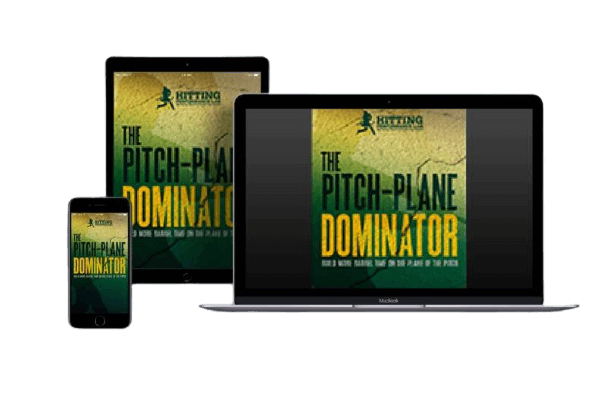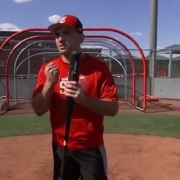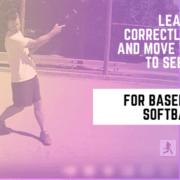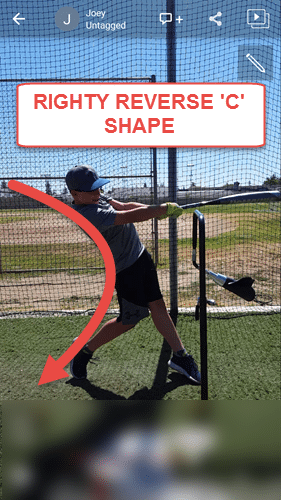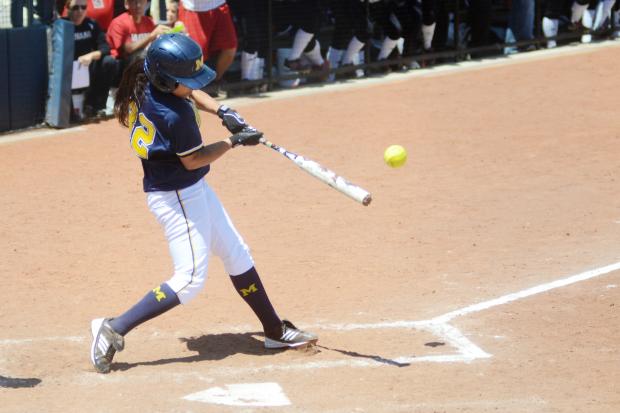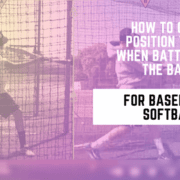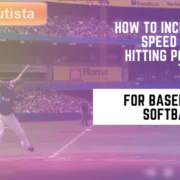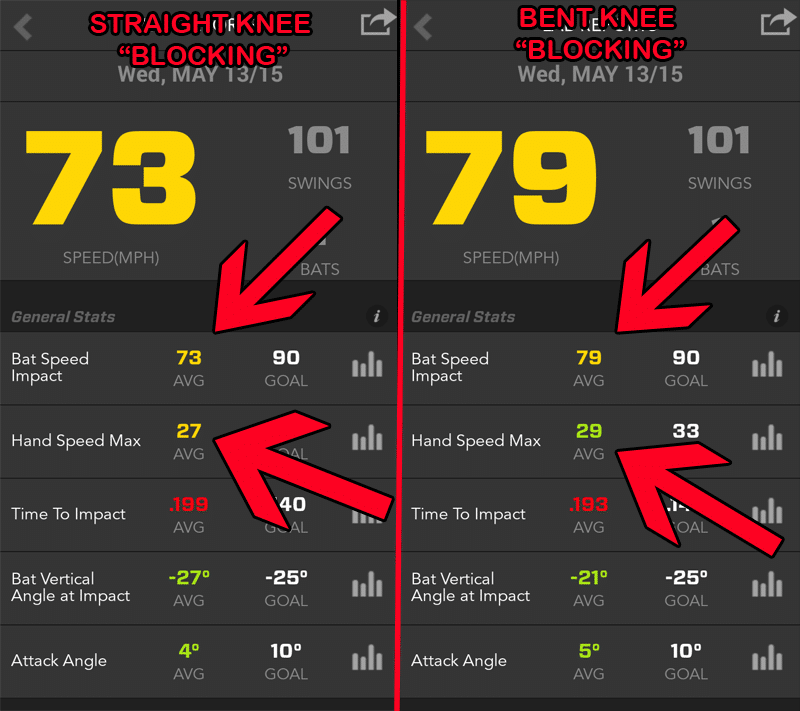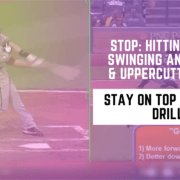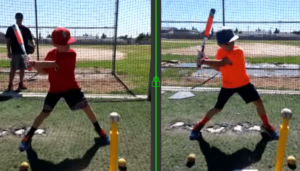Discover how to hit more line drives using swing bat path mechanics science to hitting on the plane of the pitch like Joey Votto.
Baseball Swing Slow Motion Analysis Of Joey Votto
This is Part-2 of a 3-part baseball swing slow motion analysis video series coming straight out of the Pitch-Plane Dominator online video mini-course…
Sick of struggling to reduce your hitters ground balls, swing and miss strikeouts, and non-productive weak fly balls? This simple 4-Step online video mini-course (7-modules total) will help hitters weighing less than 100-pounds, barrel the ball more consistently. Dramatically decrease ground balls, strikeouts, and weak fly balls (no matter the pitch location or speed) by applying human movement rules validated by science.
If you haven’t already, then CLICK the Link below to…
- Part 1 – Baseball Batting Mechanics Risk Hiding In Your Batting Tee
- Part 2 – [You Are Here] Dominate The Pitch Plane Like Joey Votto (Baseball Swing Slow Motion Analysis)
- Part 3 – Baseball Hitting Tips For Youth: Discover The One-Swing-Fits-All Secret
“If you want to be successful, find someone who has achieved the results you want and copy what they do and you’ll achieve the same results.” – Tony Robbins
I received the following reader question:
“If you could only teach one swing, whose would you teach?”
And what follows in this baseball swing slow motion analysis of Joey Votto video, is my answer, as it relates to getting the barrel on, and staying on the plane of the pitch for as long as possible.
We’ll discuss Joey Votto’s:
- Pitch-Plane consistency metrics,
- 2015 ESPN’s HitTracker spray chart, and
- Mechanics as they apply to Pitch Plane Domination.
Let’s build Joey Votto’s case as the best to copy for Pitch-Plane Domination…
Joey Votto Pitch-Plane Consistency Metrics
According to Baseball-Reference.com, Joey Votto’s 162-game averages (over 9 years in the League) are as follows:
Here are the Joey Votto Metrics to pay particular attention to (definitions are according to FanGraphs.com):
- On-Base% (OBP) – measures the most important thing a batter can do at the plate: not make an out…Joey Votto: .423, League Average is: .320
- Isolated Slugging% (ISO) – measure of a hitter’s raw power and tells you how often a player hits for extra bases…Joey Votto: .223, League Average is: .140
- OBP + SLG (OPS) – the sum of a player’s on-base percentage and their slugging percentage…Joey Votto: .957, League Average is: .710
- OPS+ – This statistic normalizes a player’s OPS — it adjusts for small variables that might affect OPS scores (e.g. park effects) and puts the statistic on an easy-to-understand scale…Joey Votto: 156, League Average: 100
As you can see, Joey Votto is well above average in “not making an out”, and “raw power”. What’s also interesting is Joey Votto’s strikeout and walk percentages (averaged over his career):
- Strikeout% – Joey Votto: 18.6%, League Average: 18.5%, and
- Walk% – Joey Votto: 15.9%, League Average: 8.5%.
Joey Votto 2015 ESPN’s HitTracker Spray Chart
Check out the HitTrackerOnline.com spray chart of Joey Votto’s 29 homers in 2015 (keep in mind he’s a left handed hitter):
CLICK HERE for a FanGraph.com article titled, “Joey Votto on Hitting”. It goes into how:
- Cerebral a hitter he is about his mechanics,
- He purposely tools his swing to limit defensive shifts, and
- He’s given up some power (dingers in particular) to cover the Pitch-Plane more effectively.
The aforementioned link is a GREAT read. From the above spray chart and metrics, I’d say he “NAILED IT!!”
Joey Votto Mechanics as They Relate to Pitch-Plane Domination
In the above 17:23-minute baseball swing slow motion analysis video of Joey Votto’s swing, we go into more detail about the following FIVE human movements rules for Pitch-Plane Domination:
- Front Knee bend before swing initiation, and during the Final Turn,
- Back Knee bend during the Final Turn,
- Back foot skip during the Final Turn,
- Barrel matching the plane of the pitch early, and
- Barrel ‘chasing the ball’ passed impact getting to ‘Power-V’ after impact.
As Tony Robbins said,
“If you want to be successful, find someone who has achieved the results you want and copy what they do and you’ll achieve the same results.”
Joey Votto is your hitter to dominate the Pitch-Plane when looking at baseball swing slow motion analysis.


